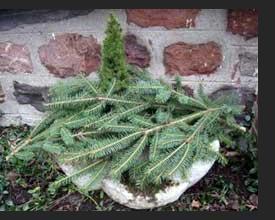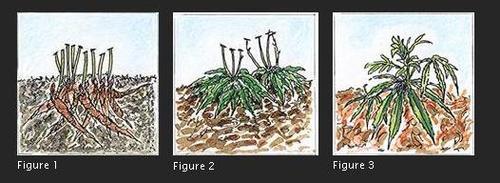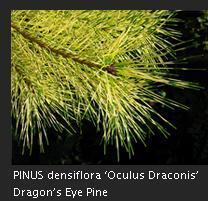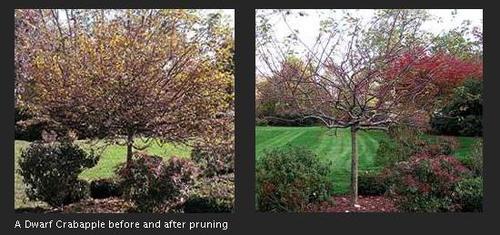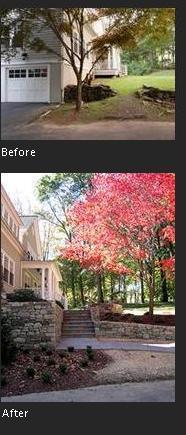By Melanie Fox
Last week, I signed up for “Helleborus Anonymous,” one of the numerous plant addiction support groups available for the horticulturally challenged. Now, when I say challenged I mean that my ability to resist being fascinated/obsessed with particular groups of plants is often not what my horticultural counselor would wish for complete health. When asked to pen an article on my perennial plant selections for 2012, like any plant addict worth their salt, I immediately gravitated toward one of my obsessions: hybrid hellebores. I am addicted to the wonderful variety of their flowers, fabulous evergreen foliage, and ease of culture, and the generous way they reward even a sometimes negligent gardener. A negligent gardener who might perhaps purchase a few more beautiful hellebores than she can plant in a day! Three outlines and six pages of notes later, I realized that an article about our upcoming hellebore beauties was going to require extraction from an immense subject matter. Since conquering an addiction is about making choices, I decided I can’t love them all, buy them all, or describe them all in one article.
I decided to focus on the two best known hellebores, commonly called Christmas rose and Lenten rose, due to their respective bloom times. Christmas rose generally refers to Helleborus niger or selections of this plant. Before the advent of the Julian calendar, Christmas was celebrated on January sixth which is about the time H. niger begins to bloom despite the adverse weather. In the wild, Helleborus niger can be somewhat shy flowering, making each bloom a much anticipated event. However, modern selections from thousands of seedlings, and the use of tissue culture propagation techniques, have ensured that many flowered clones and even double-flowered forms are readily available. Heuger Nursery in Germany has concentrated a large part of their breeding efforts on Helleborus niger and Helleborus x nigercors selections. Helleborus Gold Collection® varieties H. niger ‘HGC Josef Lemper® and H. niger 'HGC Jacob'® are from their program. These two selections have an abundance of large white outward-facing blooms held in a stunning array.
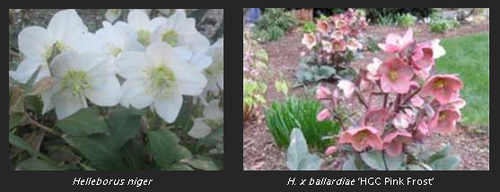
Helleborus x nigercors is the result of crossing H. niger with H. corsicus (now known as argutifolius). A number of fine hybrids emerge such as H. x nigercors 'Honeyhill Joy,’ with its glossy green foliage and large clear greenish-white flowers that bloom well into April, making it one of our new favorites at the nursery. Another group of niger hybrids is H. niger x H. lividus known as Helleborus x ballardiae. Two introductions look particularly interesting: H. x ballardiae 'HRC Pink Frost’ and the H. x ballardiae 'HRC Cinnamon Snow'®, and I plan to trial a few. 'Pink Frost’ has beautiful silvery venation on the leaves, so even without its pink blooms it makes a beautiful addition to partial shade. 'Cinnamon Snow’ has large white flowers that develop a rosy cast, which then turn cinnamon as the flowers age. The attractive dark green foliage reflects the influence of its niger parent, providing a clear foil for the flowers.
Before I jump to the balmy weather blooming hellebores, the Lenten roses, I should mention Helleborus foetidus, a somewhat forgotten hellebore species which actually blooms before and after Christmas. H. foetidus suffers from the unfortunate appellation “Stinking Hellebore” which is untrue as neither its leaves nor flowers possess an unpleasant odor. Instead, its leaves are a wonderful intense green touched with black, and form an elegant lacy canopy which sets off the clusters of small chartreuse bell-like flowers. Although not as long lived as Helleborus x hybridus, which can persist upwards of twenty years, H. foetidus makes up for its brevity with an ability to re-seed at the base of mature plants. In my garden, I have an H. foetidus colony which I leave largely undisturbed. In the chill of late November when my garden is neatly-trimmed stubble, I take comfort in the evergreen persistence of H. foetidus already forming clusters of buds in preparation for a miraculous display of flowers in December. Frigid temperatures and snow may bow the plants, but they bloom on, proving we can have year-around bloom without a tropical climate. I’m not sure who pollinates these brave blooms as I have never seen bees in parkas, yet somehow my colony forges on. From year to year they cheer me up during the horticultural doldrums and tide me over until my Helleborus niger are ready to perform. Helleborus foetidus has a few nice selections worth pursuing, albeit somewhat elusive, such as 'Wester Flisk,’ with red petioles and a red margin on the chartreuse blooms, and 'Sopron,’ a robust form almost shrub-like, and 'Silvertooth’ with a silvery cast to its foliage.
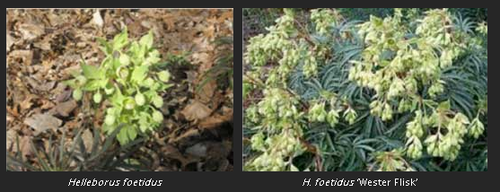
On to the Lenten roses, which owe their common name to the flowering period of March through April, which coincides with the Christian observance of Lent. Helleborus x hybridus, as it is now called, is a fascinating and diverse group. About ten years ago, most commercially-available hellebores, excluding straight species, were sold under the umbrella of Helleborus orientalis, and followed by the cultivar or seed strain name. Those names were a bit misleading as they likely had one orientalis parent, but might have had Helleborus odorus, torquatus, pupurescens, or atrorubens in their lineage as well. Now, Helleborus orientalis is reserved just for that species, not common in gardens or the nursery trade. We have H. orientalis to thank for the large, dark, mostly evergreen leaves of Helleborus x hybridus selections; the bold texture of their broadly palmate leaves serves as a counterpoint to finer foliage in many areas of my garden.
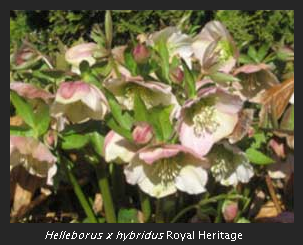
Culturally, H. x hybridus is an undemanding plant. It adapts well to dry situations, but is more vigorous in well-drained garden soil, and it’s not as pH specific as Helleborus niger which likes a more alkaline soil. In early March, I cut back any winter-tattered foliage which allows me to better see the blossoms, which on my mature plants can be more than 50! As my life has grown more complicated, the undemanding character H. x hybridus has caused me to include many more of them in my garden. My faith in those 30 three-inch seedlings planted nine years ago has been well rewarded - they are now the backbone of my front garden and have persevered despite scant attention. All my plants are all from a well known seed strain Helleborus x hybridus Royal Heritage™ which was developed by John Elsey when he was at Wayside Gardens®. I find all of my plants beautiful, but the world of hellebore breeding has slowly steamed on and marvelous new forms are now available.
In the past, Europe dominated the hellebore hybridization market, with names like McLewin, Ballard, Strangmann, and Smith on every hellebore collector’s tongue. The full names of some very popular, widely available hybrids such as Helleborus x ballardiae, and H. x ericsmithii 'Ivory Prince’ bear this out. All serious hellebore breeders possess plants from the lines created by these famous names. I should mention that anyone who attempts hellebore breeding, by definition, is serious and patient, as only 20 percent of seedlings bloom by their second year. A plant needs to flower to be assessed as to its merits for inclusion in a breeding program and some plants can take up to five years to flower. Some crosses are sterile and need to be put into tissue culture to make them commercially available. Helleborus x hybridus is divisible, but this is too slow a process for today’s market. Therefore, many breeders concentrate their efforts on developing hellebore seed strains, refining them to the extent that the plants come 80-90 percent true from seed. A case in point is the exceptional white Tasmanian double, 'Mrs. Betty Ranicar,’ which has an amazing 98 percent true doubling from seed, a benchmark for breeders around the world. The cost to the breeder, and thus eventually to the buyer, is lower as they can market unbloomed seedlings faster. So as a buyer, you should be aware that you are most likely purchasing a plant from a seed strain, and with it comes a 10-20 percent chance of genetic diversity. The German hellebore breeder Gisela Schmiemann’s very popular 'Lady’ series, which was selected for certain flower colors, is a seed strain, although labeling makes it seem like the plants are clones. Ms. Schmiemann is internationally respected, and carries on her work using plants produced by the late Helen Ballard, a famous English hellebore breeder. A seed strain does not mean that the plants are inferior, just that there is a chance there will be variations. If you want to be sure about what you are buying, purchase a blooming specimen or a tissue cultured plant which will be a genetic copy of its parent.
Hellebore fever has spread to the Americas and is often the work of an enthused collector who becomes entranced with the possibility of developing yet another perfect blossom. We have several notable breeders here in the United States: Barry Glick at Sunshine Farm and Gardens in Renick, West Virginia, has produced the Helleborus x hybridus 'Sunshine Selections’ as well as the stunning Helleborus 'Sun Marble’ an x ericsmithii cross which always evokes admiring comments in our display gardens. David L. Culp in Brandywine, Pennsylvania, has produced the D.L.C. hybrids which contain singles and doubles of exceptional color clarity. Judith and Dick Tyler of Pine Knot Farms in Clarksville, Virginia, work on strengthening their seeds strains known as Pine Knot Select Strain and 'Southern Belles,’ which refine color and form in each generation. Breeders select for size of flowers, how the flowers are held, doubling, semi-doubling, spotting, and picotees, making the number of choices dizzying.
I am truly obsessed with hellebores in any shape or form, but my pocketbook directs me to more affordable unbloomed plants of respected seed strains. So early last year, I looked for plants to complement those offered by our regular suppliers. I slogged through international sites on hellebores and hundreds of Google® images, but found myself returning to the same pictures of stunning doubles from a breeder in Oregon. The doubles were part of a seed strain called the Winter Jewels™ Series bred by Marietta O'Byrne at Northwest Garden Nursery. The series includes primarily doubles and a few singles, all of which have a unique sparkle. I knew I had to acquire some for the nursery’s 2012 perennial selections. I had a happy experience with my plants from the Royal Heritage seed strain, and look forward to a new journey of discovery with my plants from the Winter Jewels strain. My current dilemma is how to choose between them; the temptation, based on the images I’ve seen of the plants, is to buy them in multiples and revel in the beauty and variety of their blossoms, savoring each jeweled surprise!
Some of those Winter Jewels are: Peppermint Ice, a soft pink double, Sparkling Diamond, a stunning greenish white double, Golden Lotus, a soft yellow double, Berry Swirl, a deep pink to burgundy double, Onyx Odyssey, a deep maroon to black double; Jade Tiger, a brilliant chartreuse double, edged with burgundy; Cherry Blossom, a soft single pink; Ice Follies, a soft yellow single with burgundy spotting; and Painted strain, a lovely white and burgundy picotee.
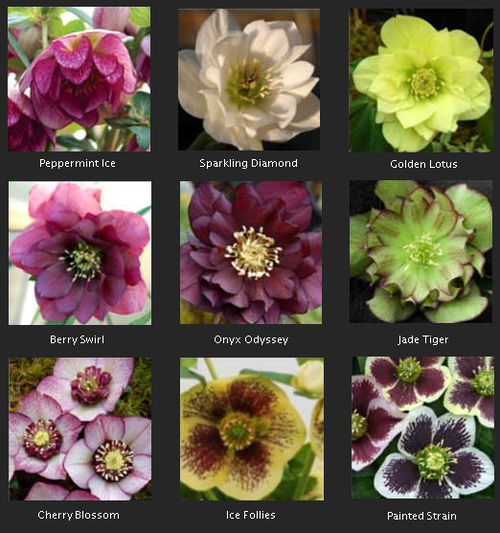
Next spring, no one should be surprised to see me staggering around the nursery, arms full of my new hellebores mumbling, “It’s okay, just a few more hellebores… These are job-related choices and my horticultural counselor said I could pick nine new hellebores without relapsing!”
Melanie Fox is the perennial manager at Oliver Nurseries. To learn more about the nursery, click over to our Facebook page.



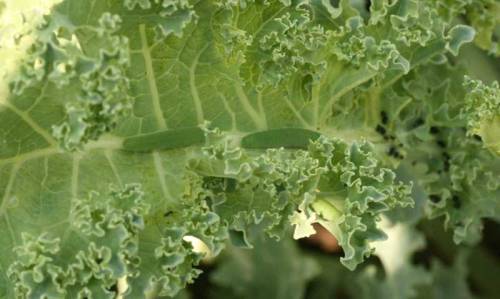
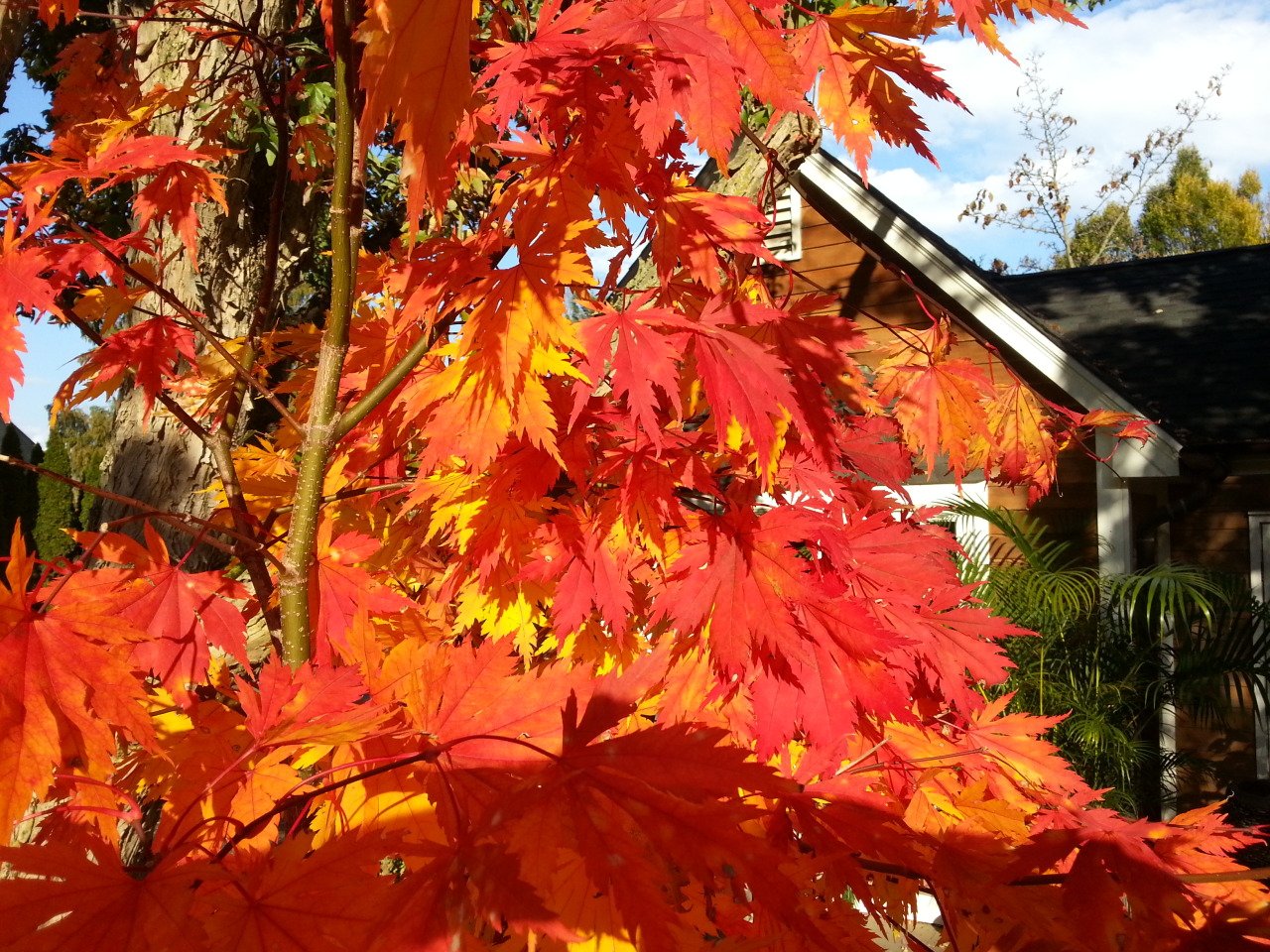
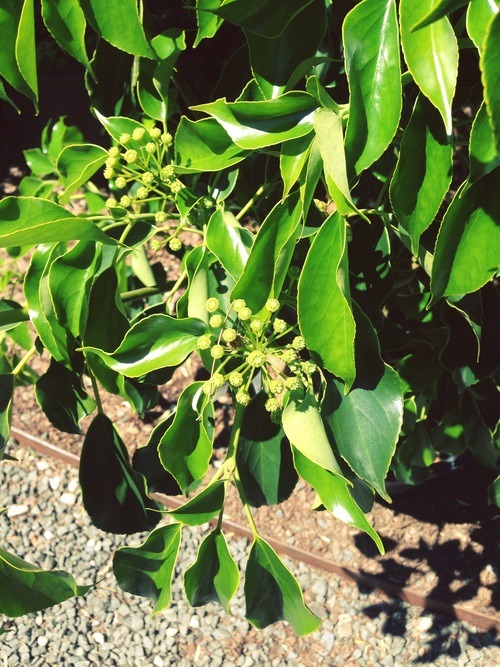
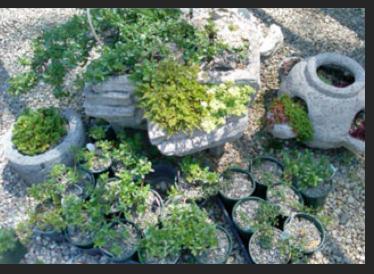
 In some cases moving a trough or troughs can be a hardship or just too much of a project. Here at the nursery we try to get most of them down off their bricks or blocks, but some are simply too enormous to move. Breakage most often occurs while moving them, particularly venerable old ones; and the decision to let them be is the right one. (I will never advocate leaving a trough up on a windy deck, but one must be realistic about how “heroic” our measures will be.) There happens to be a very skilled and knowledgeable chapter of the North American Rock Garden Society (NARGS) located right in Manhattan, and they have no choice but to garden on balconies and rooftops. Having seen their work, I can attest to its success!
In some cases moving a trough or troughs can be a hardship or just too much of a project. Here at the nursery we try to get most of them down off their bricks or blocks, but some are simply too enormous to move. Breakage most often occurs while moving them, particularly venerable old ones; and the decision to let them be is the right one. (I will never advocate leaving a trough up on a windy deck, but one must be realistic about how “heroic” our measures will be.) There happens to be a very skilled and knowledgeable chapter of the North American Rock Garden Society (NARGS) located right in Manhattan, and they have no choice but to garden on balconies and rooftops. Having seen their work, I can attest to its success!